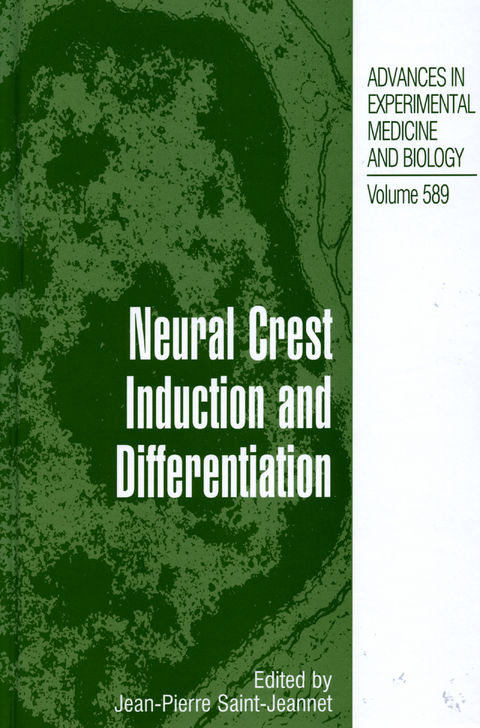
Cell-Cell Channels
Springer-Verlag New York Inc.
978-0-387-36058-4 (ISBN)
Cell-Cell Channels and Their Implications for Cell Theory.- Cell-Cell Channels and Their Implications for Cell Theory.- Prokaryotic Cells.- Mating Cell-Cell Channels in Conjugating Bacteria.- Ciliate Cells.- The Tetrahymena Conjugation Junction.- Algal Cells.- Cytoplasmic Bridges in Volvox and Its Relatives.- Fungal Cells.- Vegetative Hyphal Fusion in Filamentous Fungi.- Plant Cells.- Plasmodesmata: Cell-Cell Channels in Plants.- Sieve-Pore Plugging Mechanisms.- Actin and Myosin VIII in Plant Cell-Cell Channels.- Cell-Cell Communication in Wood.- TMV Movement Protein Targets Cell-Cell Channels in Plants and Prokaryotes.- Viral Movement Proteins Induce Tubule Formation in Plant and Insect Cells.- Cell-Cell Movements of Transcription Factors in Plants.- Animal Cells.- Gap Junctions.- Tunneling Nanotubes.- Cytoplasmic Bridges as Cell-Cell Channels of Germ Cells.- Fusome as a Cell-Cell Communication Channel of Drosophila Ovarian Cyst.- Cytonemes as Cell-Cell Channels in Human Blood Cells.- Paracellular Pores in Endothelial Barriers.- Channels across Endothelial Cells.- Molecular Transfers through Transient Lymphoid Cell-Cell Channels.- Cell-Cell Transport of Homeoproteins.- Virological Synapse for Cell-Cell Spread of Viruses.- Cell-Cell Fusion.
| Zusatzinfo | XVIII, 321 p. |
|---|---|
| Verlagsort | New York, NY |
| Sprache | englisch |
| Maße | 155 x 235 mm |
| Themenwelt | Naturwissenschaften ► Biologie ► Mikrobiologie / Immunologie |
| Naturwissenschaften ► Biologie ► Zellbiologie | |
| ISBN-10 | 0-387-36058-1 / 0387360581 |
| ISBN-13 | 978-0-387-36058-4 / 9780387360584 |
| Zustand | Neuware |
| Haben Sie eine Frage zum Produkt? |
aus dem Bereich


